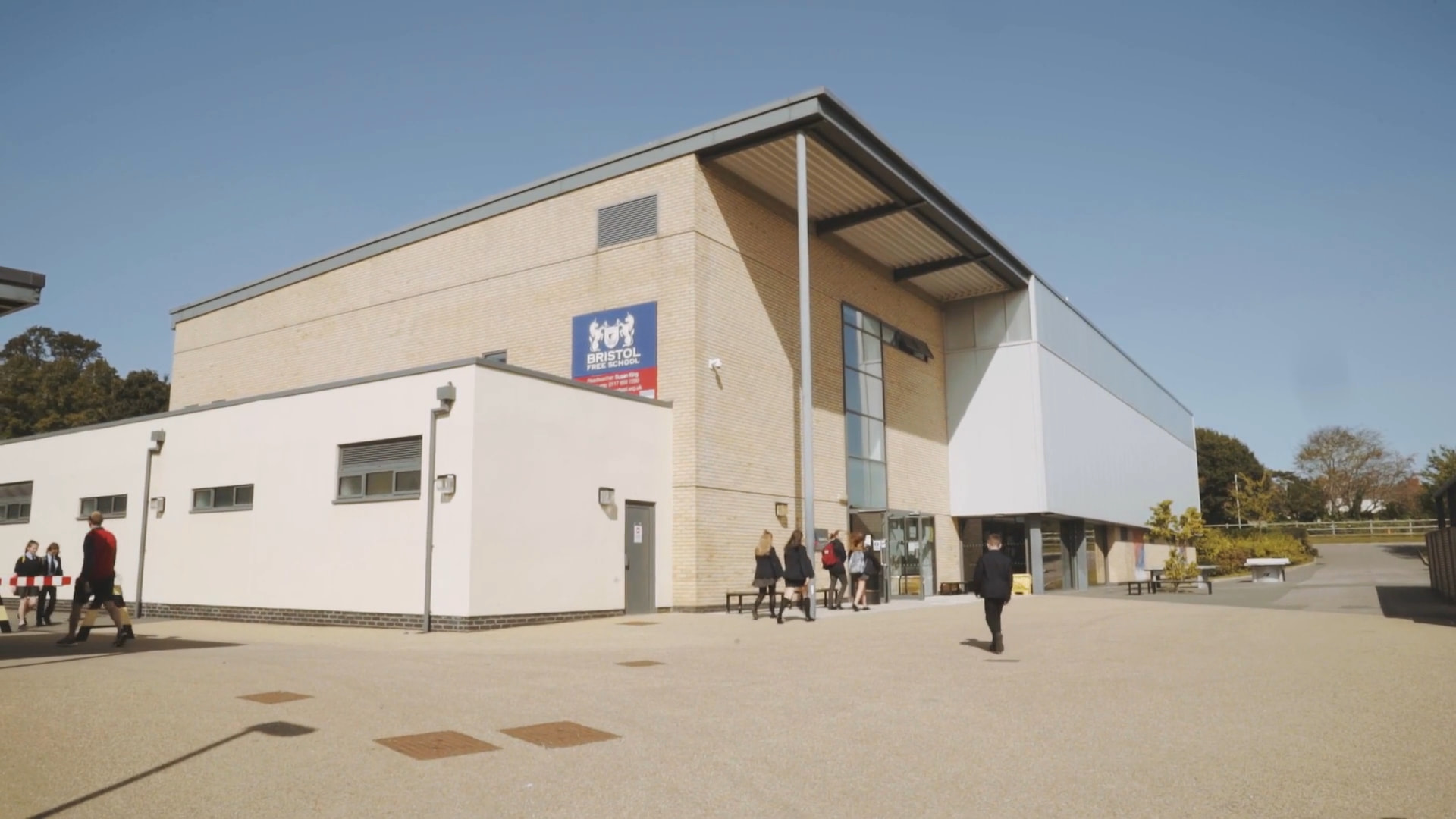
Students begin my learning about the structure and function of the skeletal system and synovial joints. Students will then learn about the relationship between health and fitness including the immediate, short and long term effects of exercise. Students learn the differences between aerobic and anaerobic respiration and training - including the recovery process. They then learn about the Principles of Training (SPORT), different training methods and the different training seasons. Finally students learn about the muscular system and how it works together with the skeletal system (musculoskeletal system) to produce movement at joints.
Students will attempt an end of unit test comprising of a series of multiple choice, short and longer answer questions.
Students will learn about the structure and reasons for warming-up and cooling down. They will also learn about injury prevention. Students will then learn about how each component of fitness is tested. This will include the advantages and disadvantages of fitness testing and the different types of data used to collect information (qualitative and quantitative). Movement analysis studies will begin with looking at levers.
Students will attempt an end of unit test in the format of a series of multiple choice, short and longer answer questions.The test will be comprised of 50% of questions related to current learning and 50% related to prior learning.
Students will begin by looking at the different somatotypes and the sports that naturally lend themselves to each. They will then learn about the respiratory system included the pathway of air, gaseous exchange and spirometer trace. Movement analysis continues with learning about planes and axes that movements occur about. Students will then learn about the different nutrients that make up a healthy diet as well as sport specific diets.
Students will attempt an end of unit test in the format of a series of multiple choice, short and longer answer questions.The test will be comprised of 50% of questions related to current learning and 50% related to prior learning.
Students will consider the structure and functions of the cardio-respiratory system linked to the physical demands of performance. This will include the cardiac cycle, redistribution of blood and the structure of the cardiovascular system. Students will also learn about anaerobic and aerobic respiration.
Students will then begin their Sports Psychology studies with looking at skills, targets and goals, and information processing.
Students will attempt an end of unit test in the format of a series of multiple choice, short and longer answer questions.The test will be comprised of 50% of questions related to current learning and 50% related to prior learning.
Students will complete the sports psychology section of the course. They will learn about the different types of feedback, guidance and aggression. They will study the theory of arousal, including how to achieve optimal arousal (methods to increase/decrease arousal level). They will learn about different personality types and motivation.
Students will attempt an end of unit test in the format of a series of multiple choice, short and longer answer questions.The test will be comprised of 50% of questions related to current learning and 50% related to prior learning.
Students will learn about the different social groups and factors, and how they affect participation. They will then study technology in sport and the impact on sport, performer, spectators, officials and sponsors. They will prepare for their end of Year 10 exam and receive feedback on their assessment.
Students will sit an end of year exam which will be 1.5 hours duration, worth 78 marks and will cover all content for paper 1 of the specification.